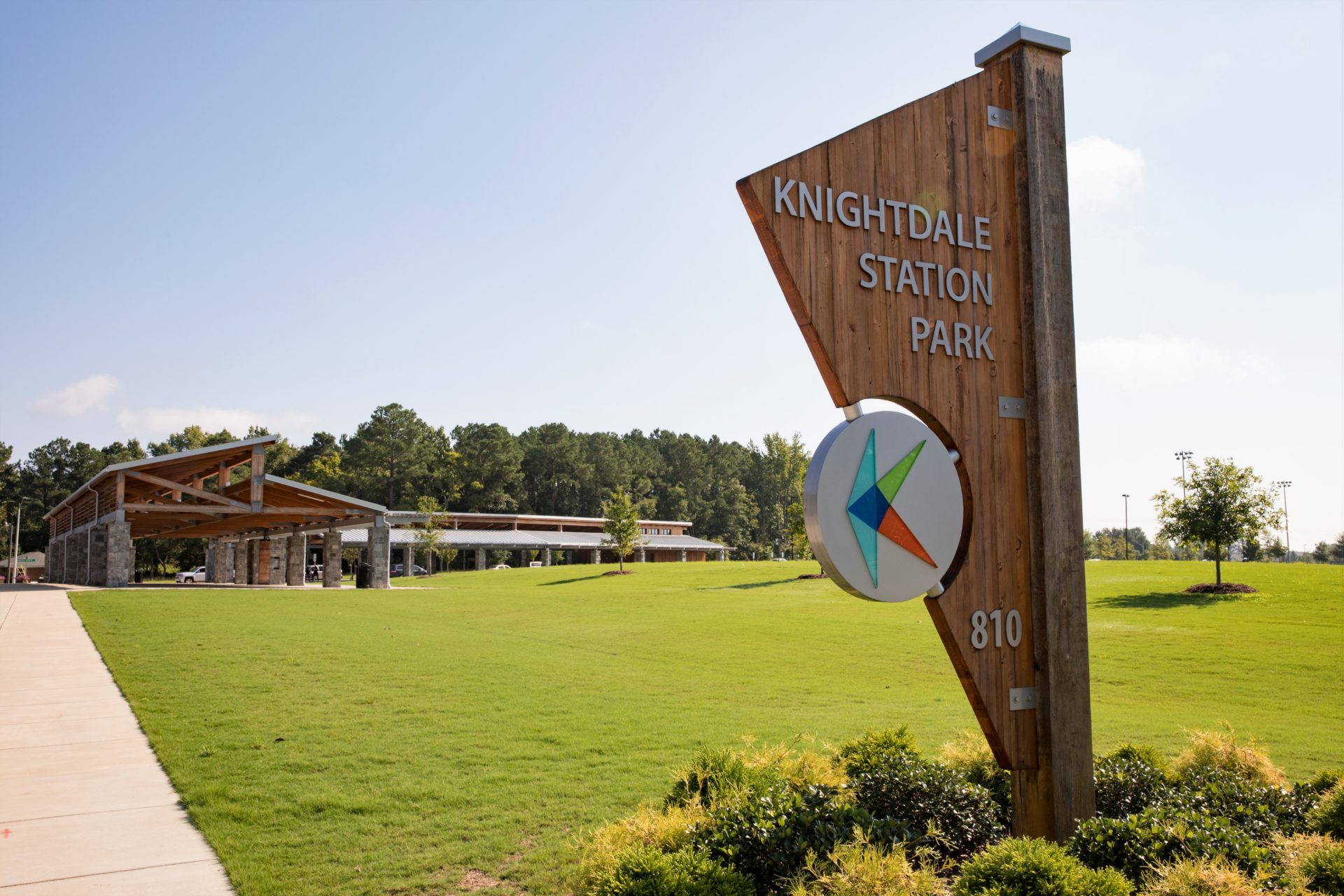cording to census data released March 2, 2011, North Carolina’s suburbs and urban areas experienced unprecedented growth rates, particularly in Wake County. A significant portion of newcomers to NC were senior in age, including retirees, and were more ethnically and racially diverse:
Despite the bursting of the dot.com bubble in 2000 and the Great Recession 10 years later, the Triangle continued to attract tens of thousands of newcomers a year. The area is now home to about 1.6 million people, according to census numbers released Wednesday.
The numbers show that the six-county Triangle region added about 400,000 residents, roughly the equivalent population of Durham and Orange counties.
The growth was led by Raleigh, which added 127,799 residents, and Cary, which grew by 40,698. Wake’s smaller towns also grew at a blistering pace; five of them – Fuquay-Varina, Holly Springs, Morrisville, Rolesville and Wake Forest – have more than doubled in population since 2000.
The numbers also show the growing ethnic and racial diversity of the Triangle and the rest of the state. Non-Hispanic whites still account for the majority of North Carolina residents, but that majority is shrinking, as the influx of Asians and Hispanics far outpaces overall growth.
Census: Suburban, urban communities blossom; rural communities wilt, N&O, March 2, 2011
About 1.6 million people live in the six-county Triangle region, anchored by Wake County, which remains the state’s second largest county after Mecklenburg, according to census numbers released today.
The Triangle added about 400,000 residents in the decade since the last census, an increase of about 34 percent. Wake County was not only the largest, with 900,993 residents, it also grew faster than any other in the region, 43 percent.
The Triangle’s growth was paced by Raleigh, which added 127,799 residents, and Cary, which grew by 40,698. But Wake’s smaller towns grew at a blistering pace; five of them – Fuquay-Varina, Holly Springs, Morrisville, Rolesville and Wake Forest – more than doubled in population since 2000.
Population jumps in North Carolina, The Wall Street Journal, March 3, 2011
RALEIGH, N.C.-North Carolina’s population growth far outstripped the national rate over the past decade, according to data released Wednesday by the U.S. Census Bureau, thanks to the state’s boom early in the decade and its resilient economy during the recession.
The state grew 18.5% during the decade-compared with 9.7% for the U.S. overall-pushing North Carolina’s population to 9.5 million people. The growth was spread across all demographics but was particularly strong among Hispanics, whose population more than doubled to 800,120.
North Carolina moved one notch past New Jersey to become the 10th most populous state, according to an analysis of census data by William H. Frey, a demographer at the Brookings Institution in Washington, D.C.
“North Carolina had a very prosperous decade and even the last two years weren’t as horrible as the rest of the country,” Mr. Frey said. “As a result, there’s a huge amount of growth.”
With population growth rates expected to only increase in the near future, local leaders and officials must take greater steps to accomodate new growth without disrupting the high quality of life that we all enjoy. If planned for properly, new growth can mean a greater variety of services and opportunities for Triangle residents, including greater transportation options, more funding for critical infastructure like parks and schools, and new development that treats stormwater discharge more effectively.
Census links:

